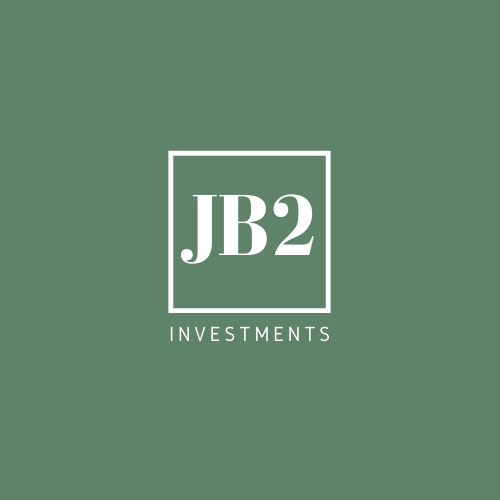How to Increase Apartment Value & Capitalize On It
A good investment in an apartment should provide cashflow appropriately. The increase in value is just the added benefit. There are a few ways we increase value in buildings, and it's where the magic happens.
Appreciation
The most obvious way to increase the worth of a building is by increasing the rent. Rent can be increased in one of two ways. One way to increase rent is through natural market appreciation and the other is by forced appreciation.
Forced appreciation happens in one of two ways, either by increasing rents and/or reducing expenses. Making improvements to a property can naturally result in the ability to demand a higher rent. Improvements to the units may include higher-end finishes, adding washer/dryers or central AC/heat, beautifying outdoor spaces, and providing a better service.
For example, in our last deal the units were under market by $46. Thus, we will gradually increase the rent until we were at market. That resulted in an increase of $40,000 per year in NOI. In this particular case, we don’t have to make improvements to the interiors. Instead, we are in process of improving to the curb appeal, signage, and landscaping. We are repainting the railings and deck areas and implemented new management and better service for our tenants.
Expense reduction and operational efficiencies have to be one of our favorite forms of forced appreciation. The reason for this is because you are not causing any friction with tenants by raising the rent. We reduce expenses in several ways through changes to insurance, marketing, payroll, maintenance/turns, and utilities. On our last acquisition, the seller was spending $60,000 a year in marketing costs, which we were able to reduce to $3,600 a year without sacrificing new leads.
Natural market rent appreciation is exactly as it sounds. There usually is natural appreciation in markets to keep up with inflation. If a market is trending upwards or the building is in the path for that neighborhood's progress, you may see higher than inflationary appreciation.
So How do we Value the Appreciation Performed on a Property?
For simplicity's sake, let's say you buy the above property for $3,000,000, and the NOI (net operating income) or profit a year is $210,000. That brings us to a capitalization rate of 7. We then take the rent increase from above of $40,000 together with the existing NOI to get $250,000. Next, divide that new NOI of $250,000 by the 7% cap rate, which equals the new value of $3,571,429. You can see the power that a small rent increase per unit can have on the asset's worth.
Another Way that Property Value Goes Up
As some markets become more popular and more investors buy, the prices of other apartments in the area can be driven up. Therefore, as the attractiveness of markets go up, this causes the cap rates to compress. Here we divide the original NOI of $ 210,000 by the 6% lower cap rate and get a new price of $3,500,000. That's a $500,000 difference with just 1% compression of the cap rate.
The best scenario is if we combine both rent increase/expense reduction and cap rate compression. If your NOI goes to $250,000 and cap rates fall to 6, then your $3,000,000 is now worth $4,166,666.
How to Capitalize on Value Increases
1. The property can be sold. The most tax-efficient way of doing this would be a 1031 exchange. Consider making the exchange into complex in a better asset in that geography.
2. The option we prefer is to refinance. Depending on the type of loan, the debt/principal has been reducing during the time of ownership thus far. Therefore, with the value increase and debt paydown, your equity in the property has significantly gone up. That rise in equity allows you to borrow more. Let’s take the original purchase price of $3,000,000 with a loan of $2,250,000 and a down payment of $750,000. Now that the new value is $4,166,666, you can re-finance 75% of this new value, or $3,125,000. You then can pay off the original loan of $2,250,000 and pocket the rest of $875,000 tax-free, and wait for it... keep your building! At this point, you have returned all the cash you invested in the deal and continue to collect cashflow. You can keep the property for the long term and continue to do refi’s every 5-7 years.

